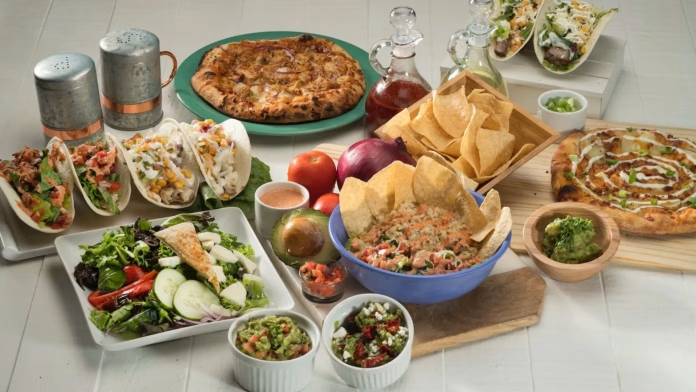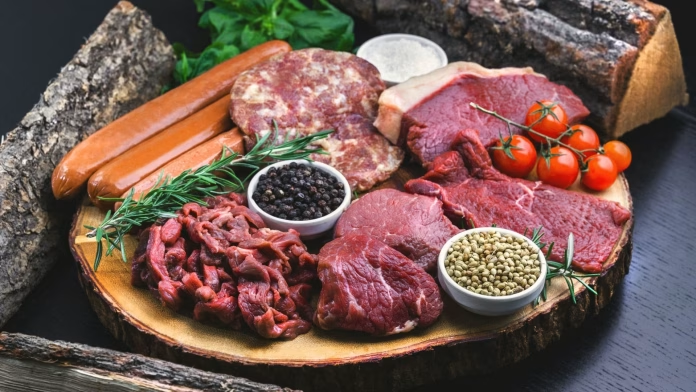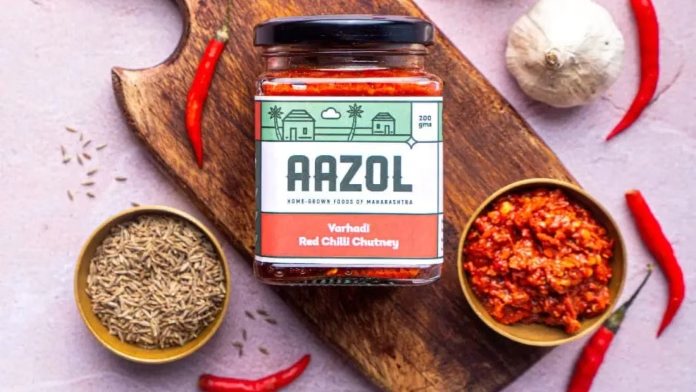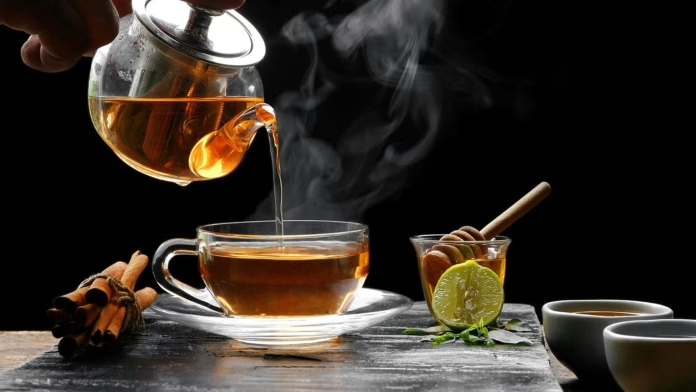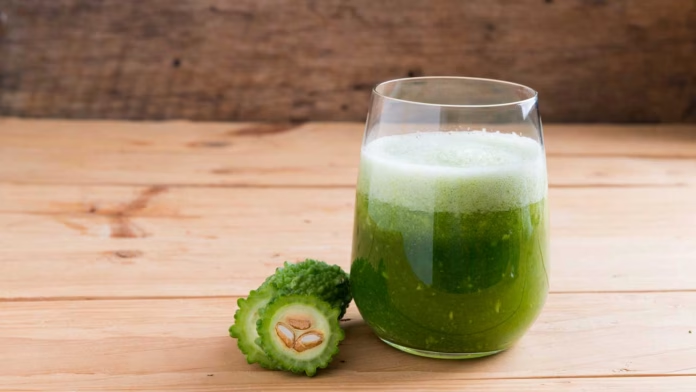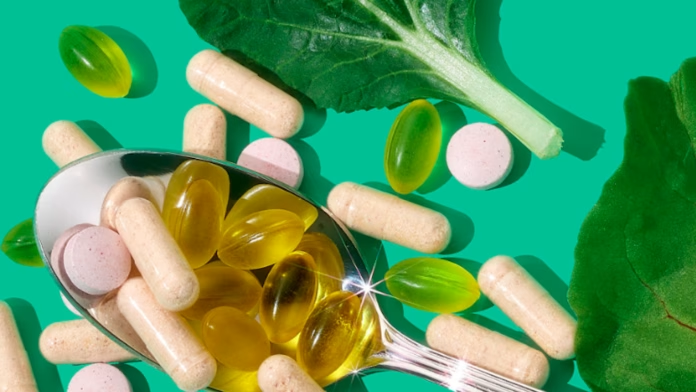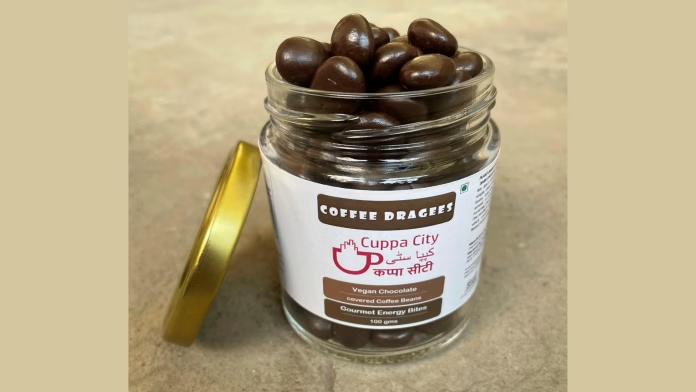For many people, snacking is an essential part of their daily routine. Snacking provides an opportunity to indulge in delicious treats between meals, providing a much-needed energy boost and preventing hunger pangs. However, choosing the wrong snacks can lead to an unhealthy diet and weight gain. In this article, we will explore the best and worst foods for an evening snack.
Why is Choosing the Right Evening Snack Important?
Many people indulge in unhealthy snacks in the evening, leading to weight gain and other health problems. Eating the wrong foods at night can also disrupt sleep, leading to fatigue and reduced productivity the next day.
The right evening snack, on the other hand, can provide the body with essential nutrients, boost metabolism, and improve sleep quality. The right snack can also help you feel fuller for longer, preventing overeating at dinner time.
The 7 Best Foods for an Evening Snack:
- Nuts:
Nuts are a great source of healthy fats, protein, and fiber, making them an ideal snack. They are also rich in antioxidants, which can help prevent cell damage caused by free radicals. Nuts are also a great option for people with diabetes, as they help regulate blood sugar levels.
- Greek Yogurt:
Greek yogurt is another great option for an evening snack. It is high in protein and low in sugar, making it an ideal choice for people who want to lose weight or maintain a healthy weight. It is also a great source of calcium, which is essential for strong bones.
- Hummus:
Hummus is a Middle Eastern dip made from chickpeas, tahini, lemon juice, and garlic. It is high in fiber and protein, making it an excellent snack for people who want to feel fuller for longer. It is also a great source of healthy fats and antioxidants, making it an ideal option for people who want to improve their overall health.
- Whole Grain Crackers:
Whole grain crackers are an excellent source of complex carbohydrates, fiber, and protein, making them a great option for an evening snack. They are also low in sugar, making them an ideal choice for people who want to maintain a healthy weight.
- Vegetables with Dip:
Vegetables are an excellent source of vitamins, minerals, and fiber, making them an ideal snack. They are also low in calories, making them an ideal choice for people who want to lose weight or maintain a healthy weight. Adding a dip, such as hummus or tzatziki, can make them even more delicious.
- Edamame:
Edamame is a Japanese snack made from soybeans. It is high in protein, fiber, and antioxidants, making it an ideal option for people who want to improve their overall health. It is also a great source of vitamins and minerals, including iron and calcium.
- Popcorn:
While popcorn can be a healthy snack option, it is important to choose air-popped or lightly seasoned popcorn. Flavored varieties can be high in sodium and unhealthy fats, making them a less healthy option. It is also important to be mindful of portion sizes, as eating too much popcorn can lead to overconsumption of calories.
The 7 Worst Foods for an Evening Snack
- Processed Snacks:
Processed snacks, such as chips, crackers, and pretzels, are often high in calories, sodium, and unhealthy fats. These snacks are also low in fiber, protein, and other nutrients that are essential for good health. Many of these snacks also contain added sugar, artificial flavors, and preservatives, which can have a negative impact on health.
Instead of processed snacks, choose whole foods such as fresh fruits, vegetables, nuts, and seeds. These foods are high in nutrients, fiber, and healthy fats, and they can help keep you feeling full and satisfied until your next meal.
- Fried Foods:
Fried foods, such as french fries, fried chicken, and onion rings, are high in calories, unhealthy fats, and sodium. These foods are also low in fiber, protein, and other nutrients that are essential for good health. Consuming fried foods regularly can increase the risk of obesity, heart disease, and other health problems.
Instead of fried foods, choose baked or grilled options. These foods are lower in calories and unhealthy fats and can be just as tasty.
- Sugary Beverages:
Sugary beverages, such as soda, sweet tea, and sports drinks, are high in calories and added sugar. Consuming these beverages regularly can lead to weight gain, tooth decay, and other health problems.
Instead of sugary beverages, choose water, unsweetened tea, or sparkling water. These beverages are low in calories and sugar and can help keep you hydrated and healthy.
- Candy:
Candy, such as chocolate bars, gummies, and hard candies, is high in sugar and calories. Consuming candy regularly can lead to weight gain, tooth decay, and other health problems.
Instead of candy, choose fresh fruit, such as apples, oranges, or berries. These fruits are high in fiber, vitamins, and minerals, and can provide a sweet and satisfying snack.
- Cheeseburgers:
Cheeseburgers are high in calories, unhealthy fats, and sodium. Consuming cheeseburgers regularly can increase the risk of obesity, heart disease, and other health problems.
Instead of cheeseburgers, choose a lean protein option, such as grilled chicken or fish. These options are lower in calories and unhealthy fats and can provide a satisfying and nutritious snack.
- Pizza:
Pizza is high in calories, unhealthy fats, and sodium. Consuming pizza regularly can increase the risk of obesity, heart disease, and other health problems.
Instead of pizza, choose a vegetable-based option, such as a salad or a vegetable stir-fry. These options are lower in calories and unhealthy fats and can provide a satisfying and nutritious snack.
- Ice Cream:
Ice cream is high in calories, sugar, and unhealthy fats. Consuming ice cream regularly can lead to weight gain, insulin resistance, and other health problems.
Instead of ice cream, choose a frozen fruit-based option, such as a smoothie or a frozen yogurt. These options are lower in calories and sugar and can provide a sweet and satisfying snack.
Choosing the right evening snack can have a significant impact on our health and well-being. By selecting nutritious options like nuts, fruit, and yogurt, we can fuel our bodies with the nutrients they need. Conversely, consuming unhealthy snacks like chips, candy, and fried foods can lead to a host of health issues. By making smart snack choices, we can enjoy our evenings without sacrificing our health.

